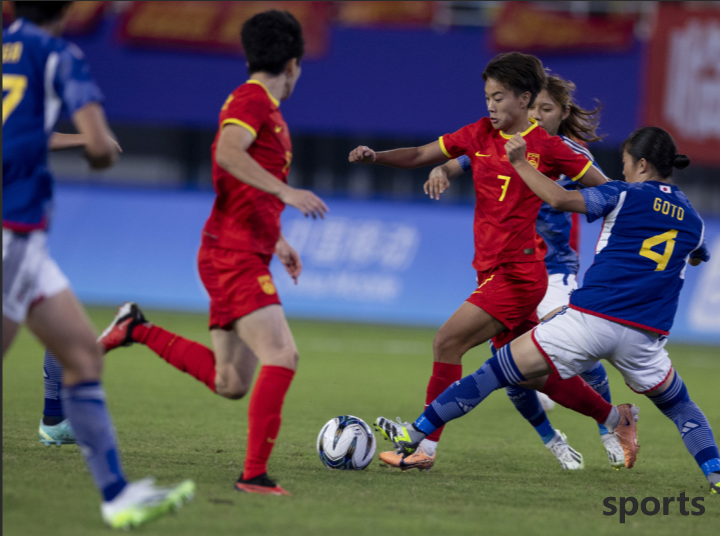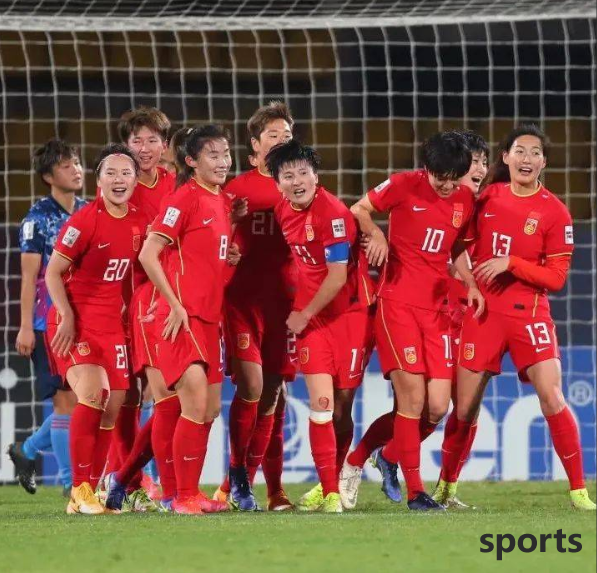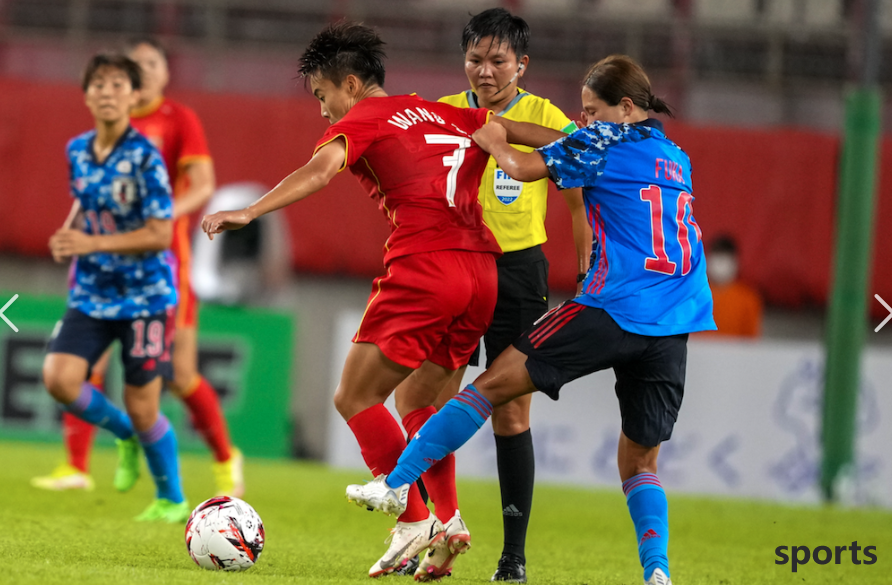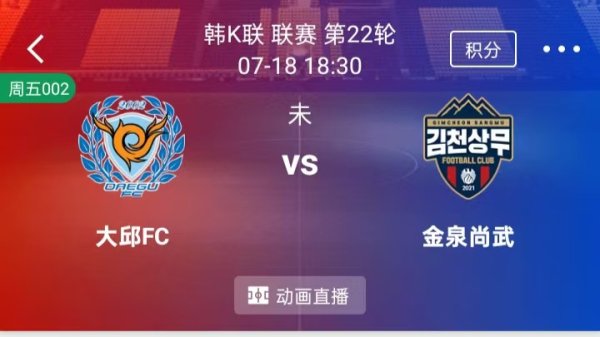HOME > Football
Women s Final Four Japanese Women s Football Team vs. Chinese Taipei Women s Football Team Score Analysis
3:02pm, 9 July 2025【Football】
On July 9, 2025, the international friendly match between the Japanese women's football team and the Chinese Taipei women's football team became the focus of Asian football. This seemingly disparity in strength actually hides deep inspiration from tactical games and regional football development. This article will conduct professional analysis from five dimensions: historical confrontation, lineup comparison, tactical system, key players and results prediction.
### 1. Historical confrontation: The evolution of strength behind the data

According to the official FIFA record, the two teams have faced each other seven times in the past decade, and the Japanese women's football team has maintained a complete victory and a net victory of 3.4 goals per game. But it is worth noting that the 2-1 score of the 2023 East Asian Cup set a record for the smallest score difference in history, reflecting the progress trajectory of the Taipei Women's Football Team. As the 2011 World Cup champion, the Japanese women's football team currently ranks 8th in the world; while the Chinese Taipei women's football team ranked 38th, it has defeated Vietnam (2-0) and the Philippines (3-1) in the past two years, showing its dominance over Southeast Asian teams.
### 2. Lineup analysis: The 23-man roster of the UEFA European team vs. the local elite
Japanese team, 15 players play in the European League, among which Manchester City winger Yui Hasegawa and Rome midfielder Minami Moehua form the core framework. Yamamoto, who is goalkeeper, has just won the Women's Premier League championship with Arsenal, and his save success rate is as high as 82%. It is worth noting that the average age of the team is 24.6 years old, which is significantly younger than the last World Cup.
Taipei team mainly focuses on the domestic league team, with only defender Pan Yanxin playing for the second division of the Japanese Women's Football League. Captain Ding Qi plays as a midfielder, and his average running distance of 8.3 kilometers per game ranks among the top three in the Asian qualifiers. Front star Li Yiwen (20 years old) is 178cm tall and has a 61% success rate in heading, which will become a key weapon against Japan's defense.
### 3. Tactical game: Passing and controlling aesthetics vs. defensive counterattack
Japanese coach Ikeda is too likely to continue the 4-3-3 system, and control the rhythm through the inverted triangle position of the three midfielders (single back midfield + double center forward). Statistics show that its success rate of passing in the 30-meter area in the front court has remained above 78% all year round, but the success rate of high-altitude ball defense is only 53% exposed hidden dangers when facing Australia.

Taipei team is expected to adopt a 5-4-1 flexible defensive formation. Coach Chen Xiaoming emphasized the "vertical compression space" strategy in a pre-match interview. In this Asian Cup qualifier, the team averaged 19.7 interceptions per game (second only to North Korea), but the proportion of passing forward from defense to offense was only 34%, reflecting the offensive efficiency issue.
### 4. Key matches: three sets of decisive competitions
1. **Wand Corridor Competition**: Japanese left-wing combination Nagano Fenghua + Kiyomizu Risa will attack Taipei right-back Zhuo Liping, who averaged 4.2 steals per game with the Taichung Blue Whale this season, but his weakness of turning slowly when facing a speed winger is obvious.
2. **Midfield Stranger Battle**: The direct dialogue between Japanese midfielder Yumoto and Taipei Dingqi will determine the rhythm of the game. You Benguang averaged 63 passes per game in the Swedish League this season (91% success rate), while Ding Qi is good at destructive defense (3.8 fouls per game).

3. **Setting ball offense and defense**: 4 of the last 10 goals of the Japanese team came from corner kick tactics, while the Taipei team has as many as 8 players with a height of more than 170cm, including goalkeeper Cheng Siyu (height 182cm) whose attack control range is 9.2 meters.
### 5. Comprehensive considerations of results prediction and technical inspiration
, the probability of Japanese team winning is about 78%, but there may be three situations:
- **Big score victory** (3-0 or above): Depends on whether the intensive defense can be broken in the first 30 minutes
- **Small victory pattern** (1-0/2-1): If the Taipei team goalkeeper performs extraordinary
- **Unpopular draw**: The Japanese team needs to waste more than 3 absolute opportunities
For the Taipei team, the greatest value of this game lies in testing three points:
1. The limit of the five-guard system to resist pressure on top Asian teams
2. Diagnosis of lineup shortcomings before the implementation of the naturalized player policy
3. The results acceptance of the Youth Training System (U20 team beat South Korea twice in the past two years)
This seemingly ordinary friendly match is actually a micro-presentation of the Asian women's football development model. Japan insists on putting equal emphasis on technical youth training and European output, while Taipei takes a pragmatic defensive route. The result of the game may be difficult to be suspense, but the contest of tactical details will provide an important reference for the 2026 Asian Cup. It is worth noting that if the Japanese team wins a big victory, it may cover up the unstable factors of the younger lineup, and if the Taipei team can limit the conceding of the ball within 2, it will prove that its defensive system has reached the top level in Asia.
Related Posts
- Scored the goal immediately after his debut! 15-year-old Liu Kaiyuan started on behalf of Huang Qian U16A team, scored with a low shot and won his first goal!
- Frank: The game proves that we have the ability to compete with the best teams in the world, and more than just competition
- Tough statement + salary cut concessions! Zhekelais rushed to Arsenal with a buzzer-beating
- Overtime work ends in the 2024-25 season. Top 10 of the five major leagues are released. Real Madrid occupies 6 seats
- MiTi: Dybala wants to stay in Rome, if the club offers a renewal offer, he is willing to negotiate
- Reporter: Inter Milan 30 million euros + Stankovic tried to sign Jasari, but the latter refused to join
- The 4 Brazilian teams in the Club World Cup qualify for all the teams, and both Argentina teams were eliminated, but they could not fill in the 10 points behind Argentina in the World Cup qualifiers.
- Real Madrid and Atletico Madrid have brought two unpopularities, South America s quarterfinals remain unbeaten, Club World Cup is not the World Cup
- Photo: Sane did receive special care, but it does not mean that he will not play in the Club World Cup at all
- Dima: Allegri strives to push Milan to sign Rabiot, Marseille will not stop him from leaving the team
Hot Posts
- Scored the goal immediately after his debut! 15-year-old Liu Kaiyuan started on behalf of Huang Qian U16A team, scored with a low shot and won his first goal!
- Frank: The game proves that we have the ability to compete with the best teams in the world, and more than just competition
- Tough statement + salary cut concessions! Zhekelais rushed to Arsenal with a buzzer-beating
- Overtime work ends in the 2024-25 season. Top 10 of the five major leagues are released. Real Madrid occupies 6 seats
Recommend

Hazard has arrived at Chelsea base to prepare for the legendary match against Liverpool

Verona coach: Inter Milan is the pride of Italian football and has all the conditions to advance to the Champions League final

Everton starts Walker transfer negotiations first

Telegraph exclusive: Premier League cancels cooperation on rainbow armbands, but retains one-knee kneeling ceremony

The youngest starter in team history! Arsenal signed his first professional contract with goalkeeper Jack Porter

【Daily Select】Selected 2 strings 1: Daegu FCVS Jinquan Sangwu + Sapsburg VS Rosenborg

Each system: Barcelona believes that it can sell Ford for 6-10 million euros, and hold the second transfer + repurchase terms

Ronaldo: I hope we can win the championship in the new season. I am saddened by Joje Costa s death